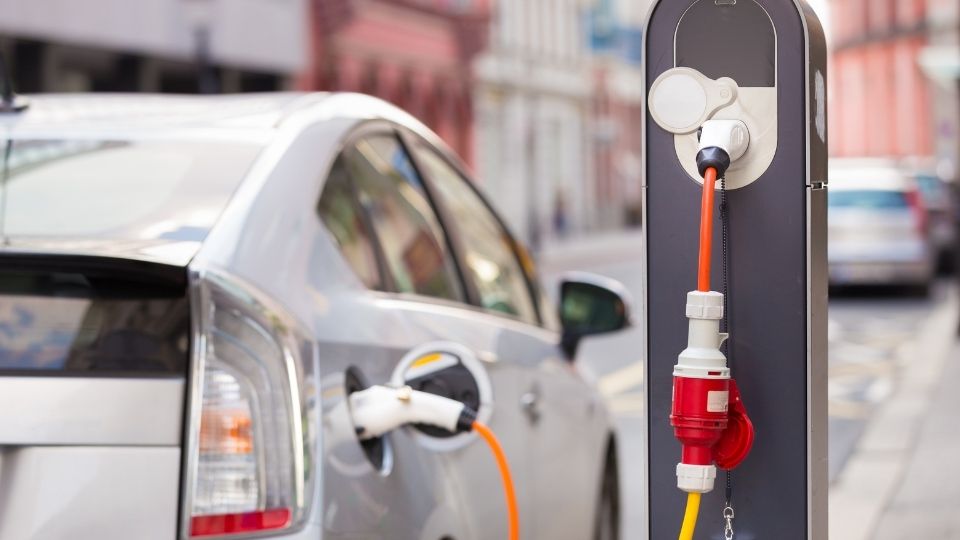An electric car is a car that uses an onboard electric motor rather than an internal combustion engine (ICE). They have come to the forefront of people’s mind recently with the takeover of Nissan Motor Co by Renault and recent announcements by Renault and Google. When these announcements were being made people starting to talk about whether or not an electric car was going to be the future and whether everyone should be rushing out and buying one. So should we all switch to electric cars?
When we talk about electric cars, we are really talking about electric vehicles. An electric vehicle is an electric car (with an EV), plug-in hybrid electric vehicle (PHEV) or a range extended electric vehicle (REEV). When you talk about electric cars, you are really talking about EV’s as they are the most common type of electric car. The terminology can be confusing. Personally speaking, I love the word EV. I think that it sounds a lot cooler than electric car. So lets deal with EV’s for a second and then we will discuss the other types.
The Onboard Electric Motor
An EV’s onboard electric motor requires charge by an external source. An EV works on the principle of harnessing the energy produced by the battery pack to propel the vehicle.
Electric cars have batteries, which means that an EV doesn’t actually drive itself. This means you need to plug the car in to recharge it. This is great if your charger is in a spot that is easily accessible (e.g. at home), however, this is not always the case. Using an EV on the motorways presents a problem, you need a large charger (i.e. one that can charge the EV fast). When you are travelling on the motorways, you are constantly stopping and starting, stopping because you need to be somewhere and starting because you need to slow down for traffic, etc. This means that the battery on your EV is constantly being depleted and at its worst, you could be driving for up to 500 miles before the battery on your car is completely depleted. This is why many people still use petrol cars when travelling on the motorways. Of course, this leaves you with an EV most of the time.
Range
Range is the distance the car can travel on charge. Like most things, this varies and depends on what size battery you have in your EV. Therefore, it is important to research before you decide on an EV. There are loads of articles on electric cars that talk you through the range of different cars.
Range Extender
A range extender (REEV) extends the range of your EV. They are something that every EV can have (without increasing the cost of the car).
Range extenders work simply by converting fuel energy into electrical energy. By extension, your EV becomes a different EV (from the one that you have). This adds additional range to you EV.
PHEV
A plug-in hybrid electric vehicle (PHEV) is a hybrid. It has a petrol engine and an electric motor (hence the name). It can be charged by plugging it into a wall or it can be charged by plugging it into a socket.
Most PHEV’s on the market have an electric motor that is driven by electricity that is stored in batteries. When the battery is depleted it switches to the petrol engine to generate electricity for the electric motor. This adds an extra 1-2 hundred miles to the range of your car. All PHEV’s have a plug that goes into the electrical socket, however, most do not plug straight into the wall. Some PHEV’s have a plug which fits into the socket and then you plug another plug into that. This Plug-the-other-plug into-the-socket system allows for more flexibility as you can plug the PHEV in to charge your EV or your home or your car, for example.
REEV
A range extended electric vehicle (REEV) is an EV with a fuel tank. Just like a conventional car, an REEV can be fuelled by petrol or diesel.

